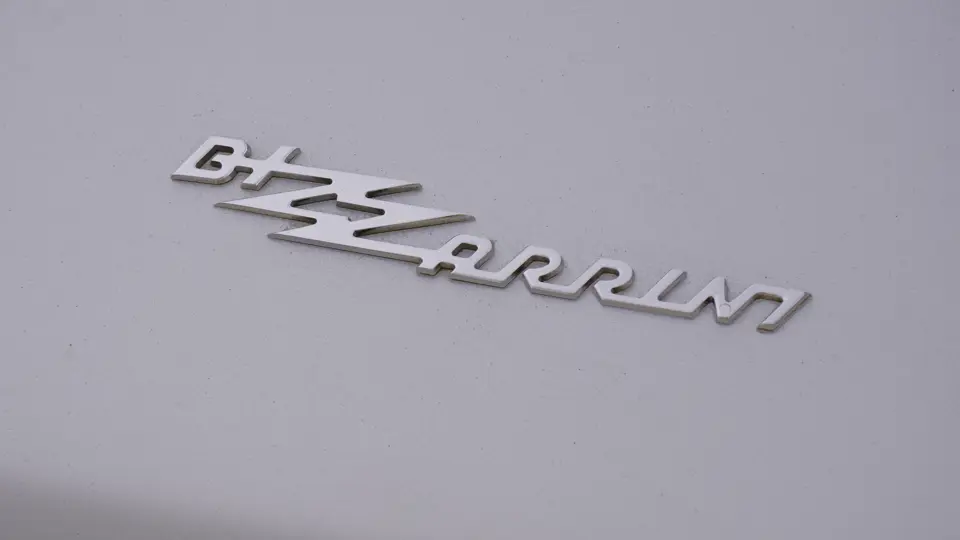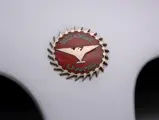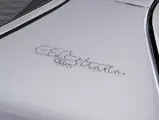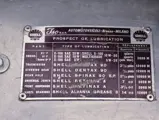365 hp, 5,359 cc Chevrolet Corvette overhead valve V-8 engine, four-speed manual transmission, independent front suspension via wishbones, coil springs, telescopic shocks, and anti-roll bar, De Dion tube, coil spring, hydraulic shocks, longitudinal struts, and anti-roll bar rear suspension, and four-wheel disc brakes. Wheelbase: 2,450 mm
• Exceedingly rare, low production
• Dramatic Bertone styling, Iso chassis and strong Chevrolet V-8 power
• Aluminium bodywork
• Very rare early car with A3C body features
Born to a family of engineers in Livorno, Tuscany, Giotto Bizzarrini graduated from the University of Pisa in July of 1953 with a degree in mechanical engineering. An unassuming man, his name would soon be inseparably linked to some of the most exciting and successful sporting automobiles the world has ever seen. Shortly after graduation, Bizzarrini joined Alfa Romeo, moving swiftly through the ranks and advancing to the experimental department, where he contributed to the development of the Giulietta and became a skilled test driver.
Bizzarrini then moved to Ferrari as a test driver, but his engineering skills were quickly recognised, and he was made the head of the experimental department. While at Ferrari, Bizzarrini was acknowledged as being largely responsible for the development of both the 250 Testa Rossa and the 250 GTO, which remain among Ferrari’s most successful cars from that era of sports car racing.
In November 1961, an episode alternatively known as “The Purge” or the “Palace Revolt” occurred at Ferrari, sparked by the dismissal of Ferrari’s sales manager, which resulted in the mass departure of key engineering and development staff, including Bizzarrini. The defectors quickly formed ATS with the intention of rivalling Ferrari, but Bizzarrini soon left the new organisation, electing to go it alone. Bizzarrini won a commission from Italian industrialist Ferruccio Lamborghini, for whom he designed the formidable and enduring Lamborghini V-12 engine. In addition, Count Volpi selected Bizzarrini for the project that resulted in the famous “Breadvan” derivative of the Ferrari 250 GTO.
Next, Bizzarrini joined forces with Milanese industrialist Renzo Rivolta of Isothermos and Isetta fame, who also wanted to build a genuine GT car. Bizzarrini developed an effective platform-type chassis for the prototype Iso Rivolta GT, a 2+2 design that was completed in 1962, with production following in 1963. A two-seater GT variant, the Iso Grifo, soon followed, based on a shortened Iso Rivolta chassis. Cloaked with Giugiaro-designed coachwork and constructed by Piero Drogo, the Grifo was a stunning design that combined Italian styling, a race-inspired chassis and reliable Chevrolet Corvette V-8 power. The prototype Grifo was displayed at the 1963 Turin Motor Show, where Bizzarrini’s own racing model of the Grifo also appeared, identified as an “Iso A3C Competition Coupé.”
Convinced of the Grifo’s competition potential, Bizzarrini built his own version of the Grifo for racing and achieved great success, winning the GT class at Le Mans in 1964 and again in 1965. During this period, however, the relationship between Rivolta and Bizzarrini grew increasingly conflicted, while Iso continued to build road-going Grifos and Bizzarrini focused on racing. Since Bizzarrini had legally registered the Grifo name, a deal was ultimately struck to allow its use by Iso in exchange for enough parts to build a number of A3Cs, in “Strada” road-going form as well as “Corsa” variants for racing. While the Bizzarrini Strada was ostensibly a street car, its specifications read like those of an all-out competition car, with lightweight aluminium bodywork, a fabricated platform chassis and a semi-monocoque body riveted to the frame. This advanced chassis, combined with near-perfect weight distribution, resulted in excellent handling. Output of the Chevrolet V-8 engine ranged between 365 and 400 horsepower, providing a claimed top speed of up to 180 miles per hour.
Because of Bizzarrini’s predilection for racing, as opposed to series-production of his creations, very few examples of the 5300 GT Strada were ultimately produced during an approximate six-year production run. Production estimates vary between 100 and 149 5300 GT Stradas, including perhaps 70 alloy-bodied examples. Many marque experts cite the reason for the low production to have been a loss of interest on the part of Bizzarrini, who had also developed a smaller GT car, the Europa 1900, first shown at Turin in 1966. By 1969, Bizzarrini production ended, with the engineer returning to private practice as a consultant for Opel and General Motors.
Chassis B0232 was registered new on 5 October, 1965 to the first owners Shell & Söhne in Mainz, Germany, originally finished in green with beige trim. It was delivered new through Auto Becker of Düsseldorf, and it is believed the car remained in Germany over the following decades, as records indicate three German owners through the 1980s, including its second lady owner Ingrid Koch. Marque registries indicate the body was damaged in 1990, which prompted a restoration in the 1990s with bodywork by Avius Engineering. The car was sold in 2003 at Techno Classica and shortly thereafter treated to its second restoration, a body-off project for which photographs are available on file. The subsequent owner brought the car to the United States and maintained it to the highest standard, driving it sparingly and noting the tremendously strong performance of the car. The car was then sold back to Europe from where it is offered today.
According to the Iso/Bizzarini club archives, this is believed to be one of the last early cars that shared design characteristics with the competition A3C cars, including four taillights, deeper vertical vents, slim door handles and a different and more sporting dash. Additionally, like the competition cars, it does not have bumpers, and most importantly, it is reported to be close to 200 kgs lighter than the later Bizzarinis, which contributes to the car’s excellent performance. This track-able road car comes with FIA papers, which were issued in 2004. This Bizzarrini would not only be a welcome entrant in many of the most prestigious events, such as Le Mans Classic, Goodwood and Spa, but also, with its beautiful lines and in its current original road trim, is a welcome addition to the most prestigious concours events. As an early example with numerous interesting features, it literally ticks all the boxes.




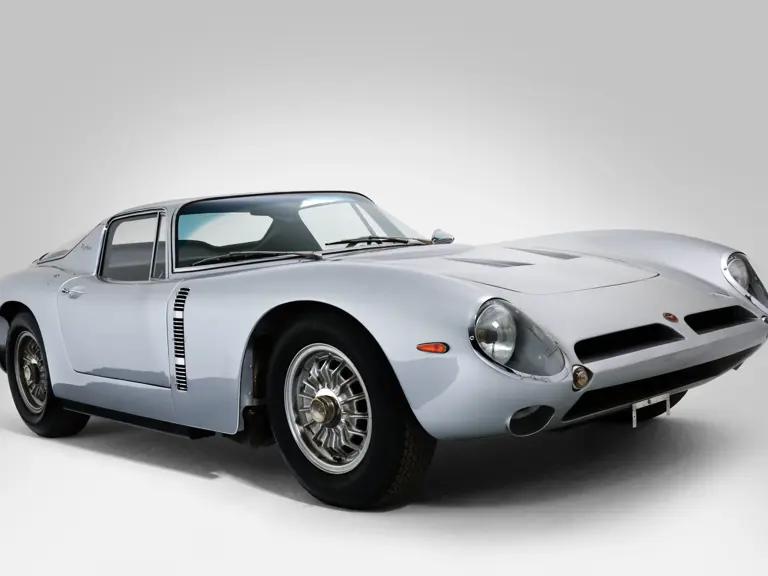
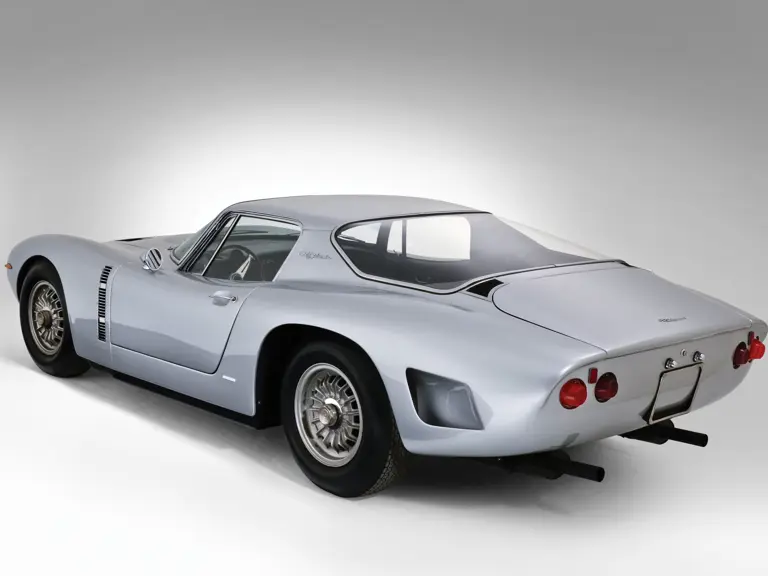
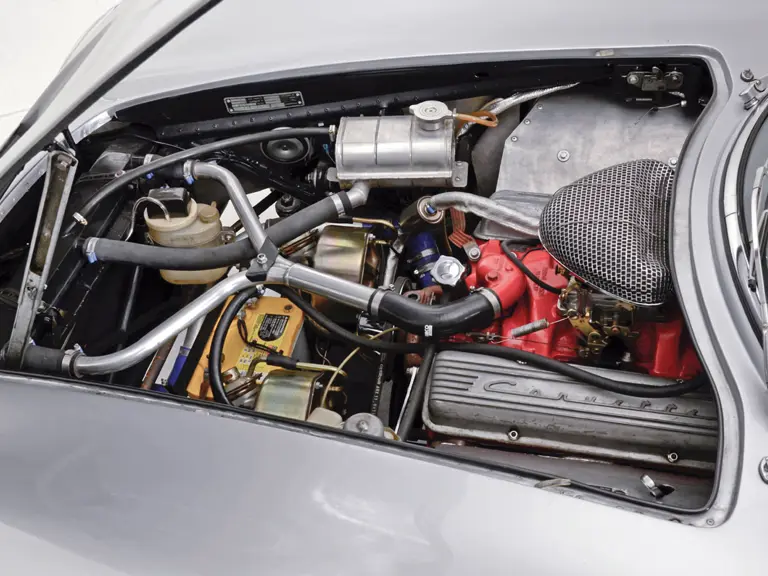

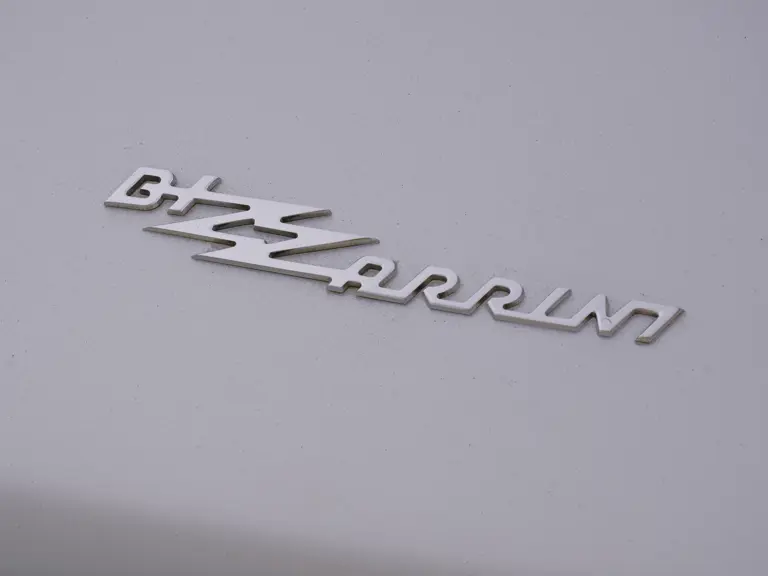
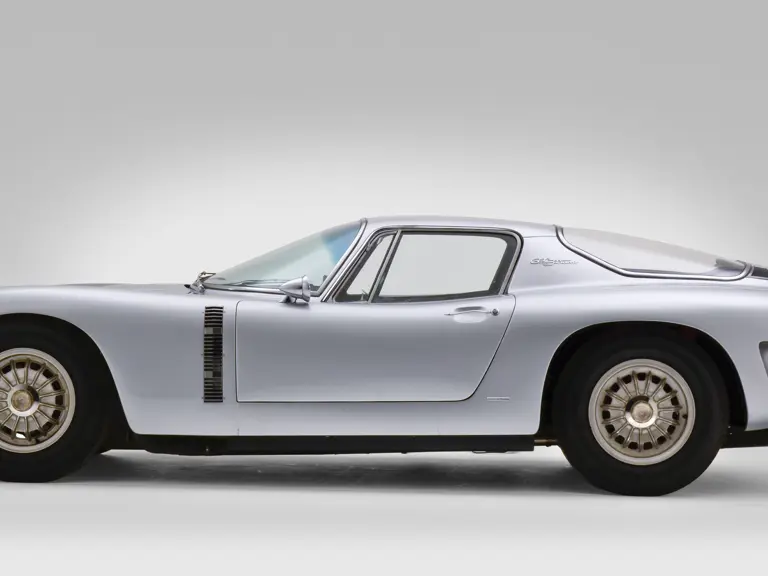
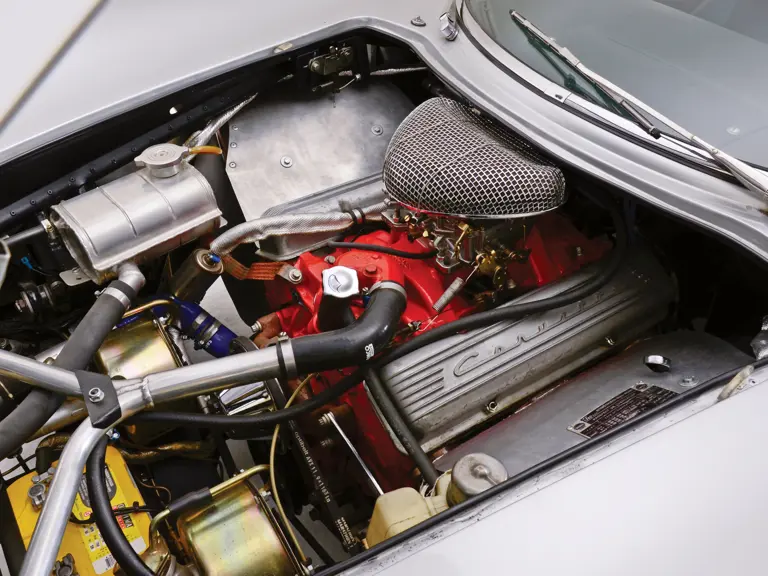

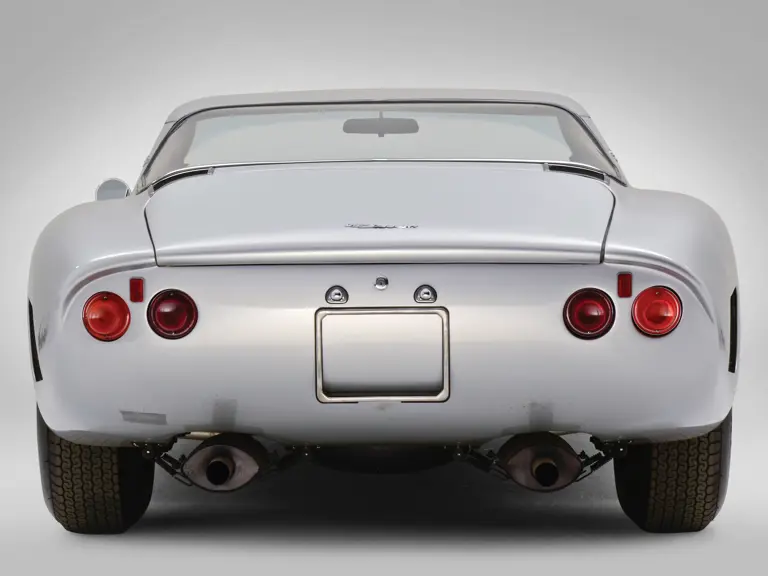

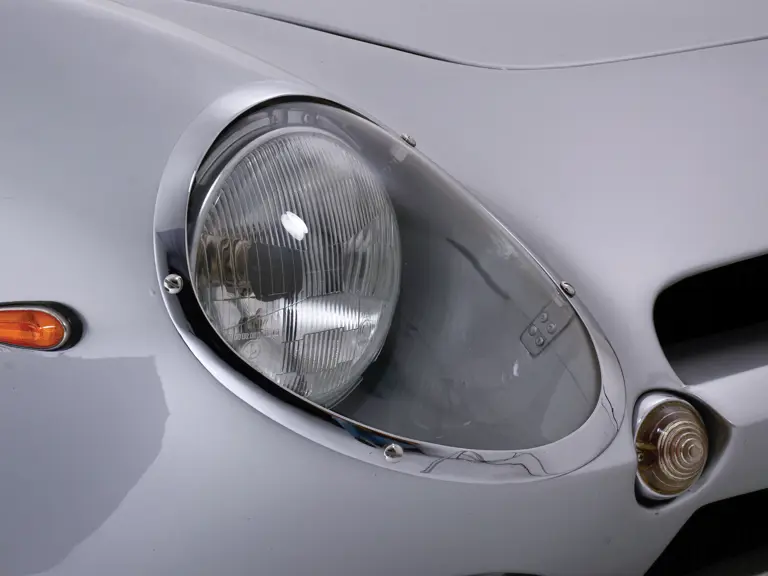
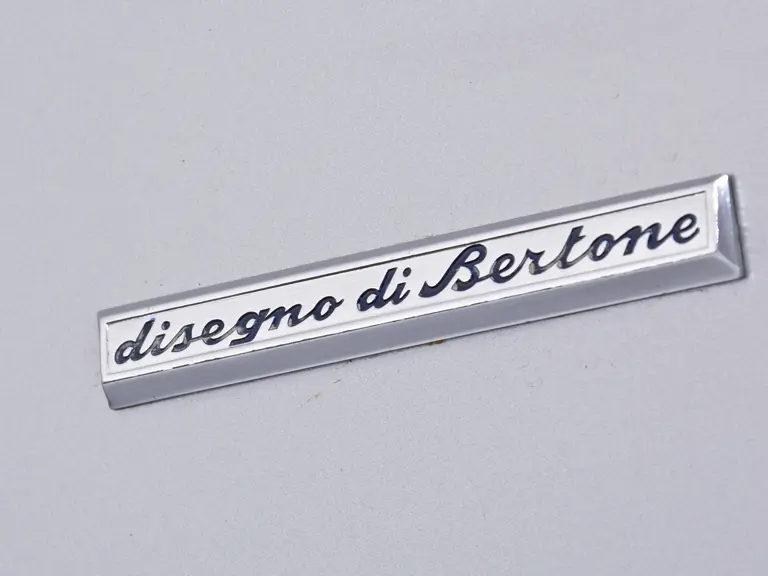

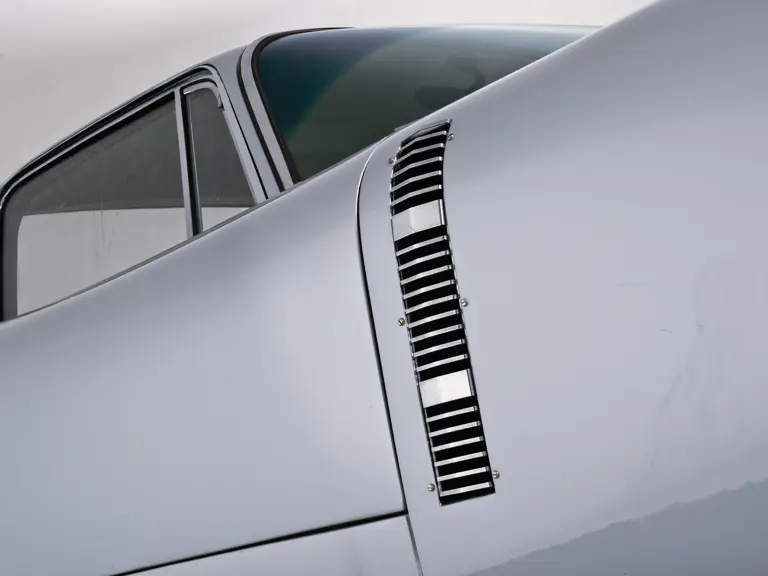

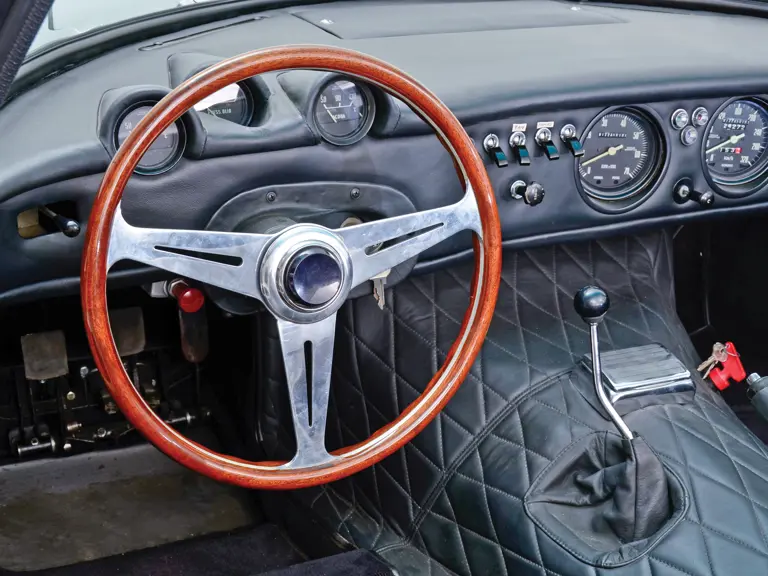
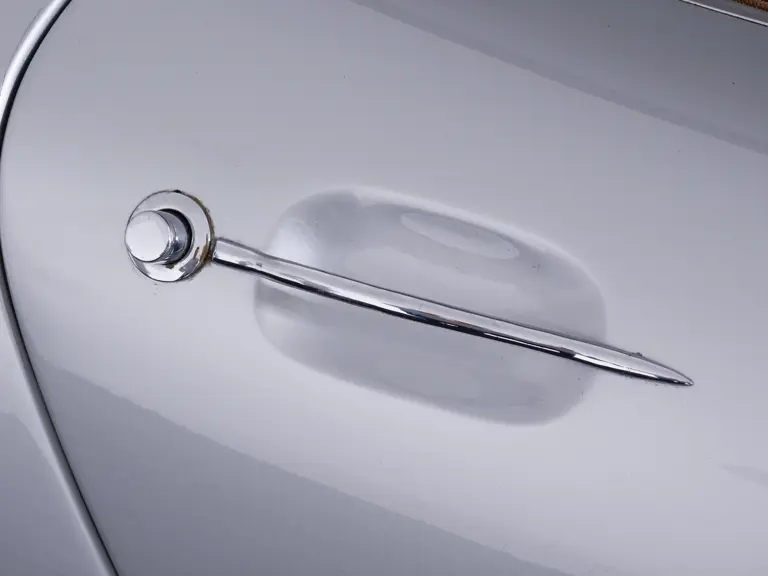
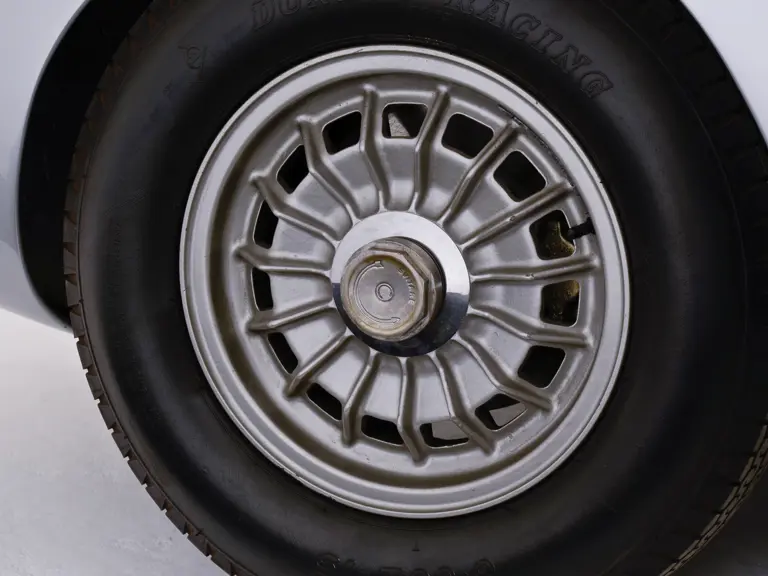
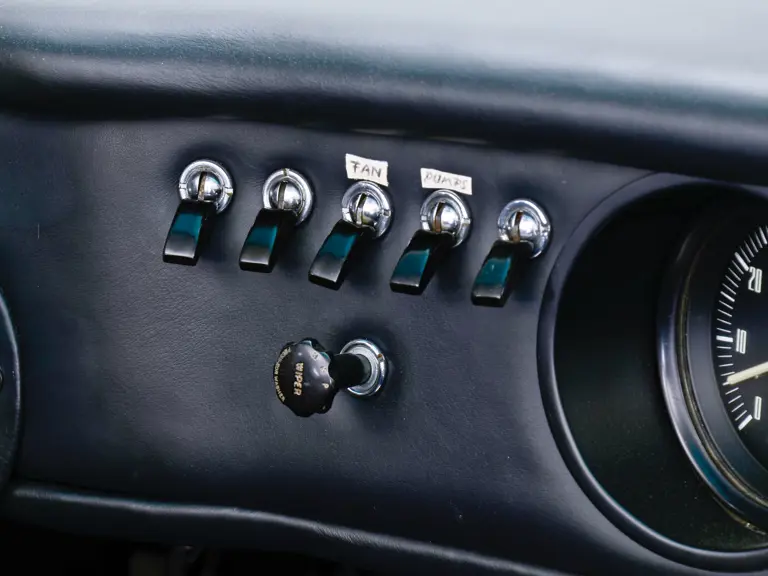
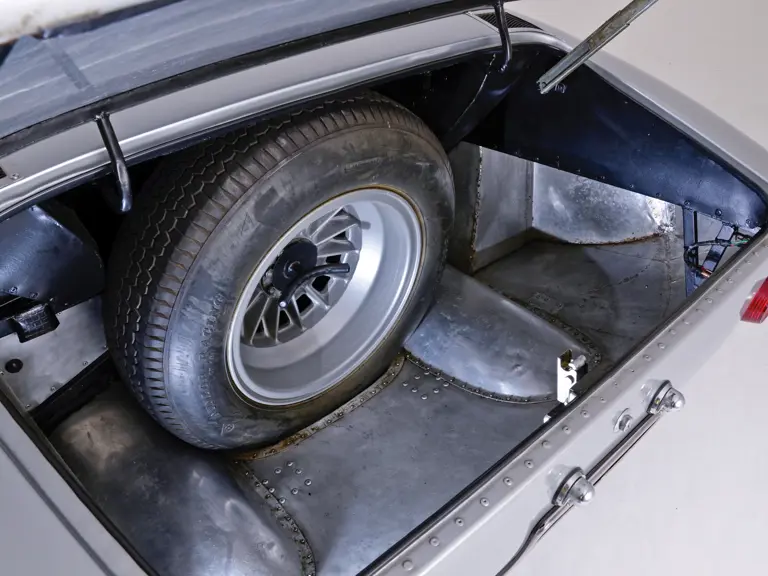

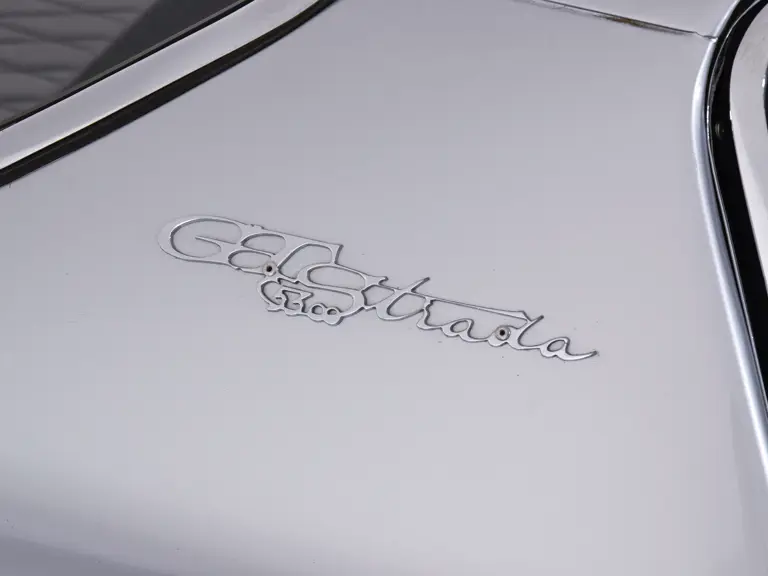
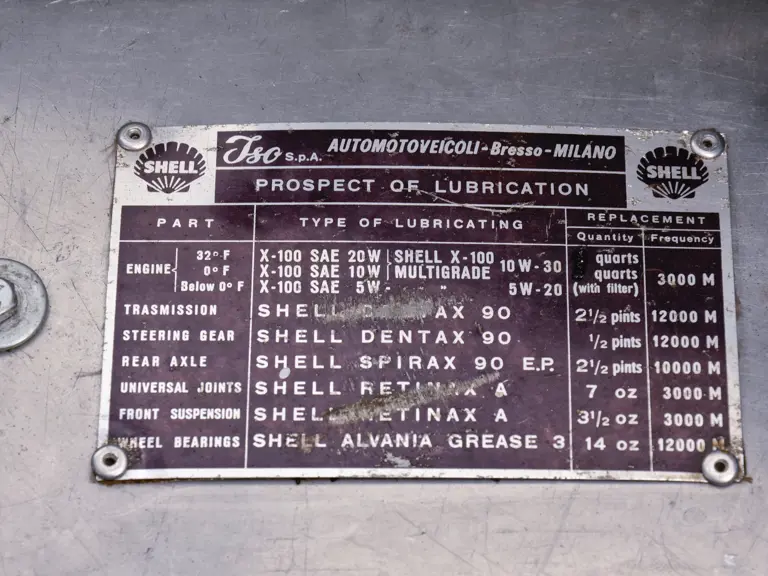
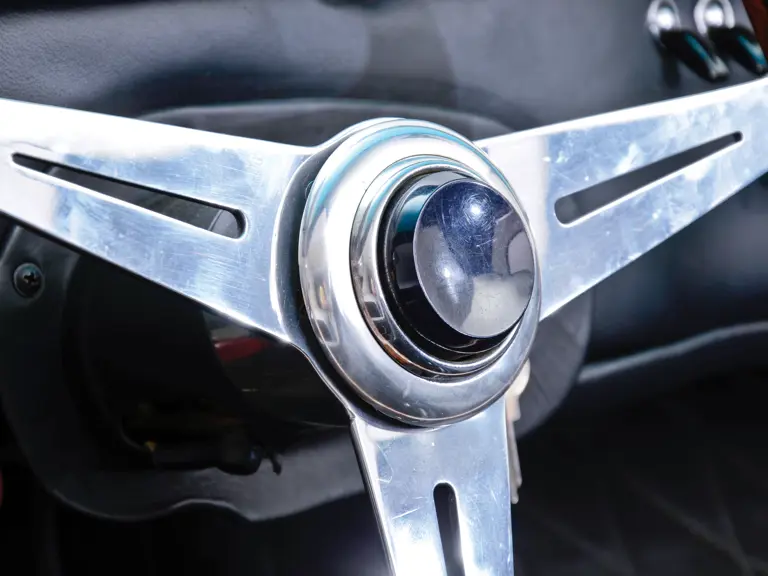


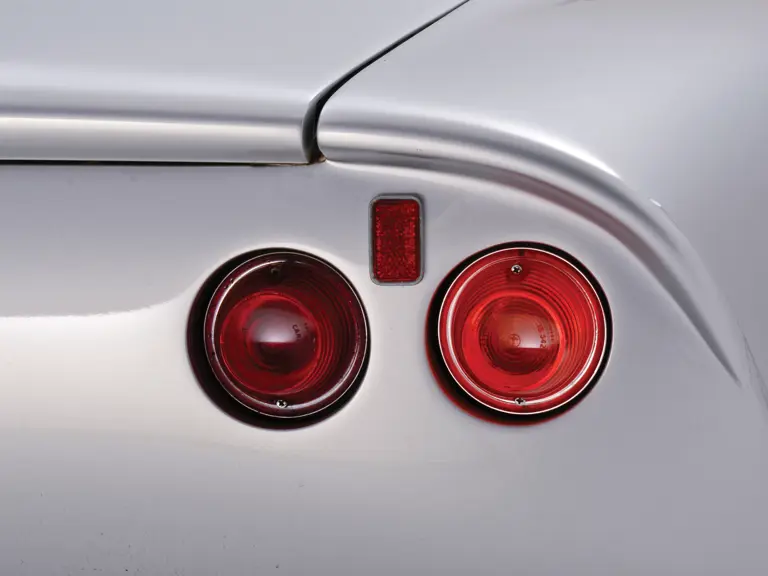

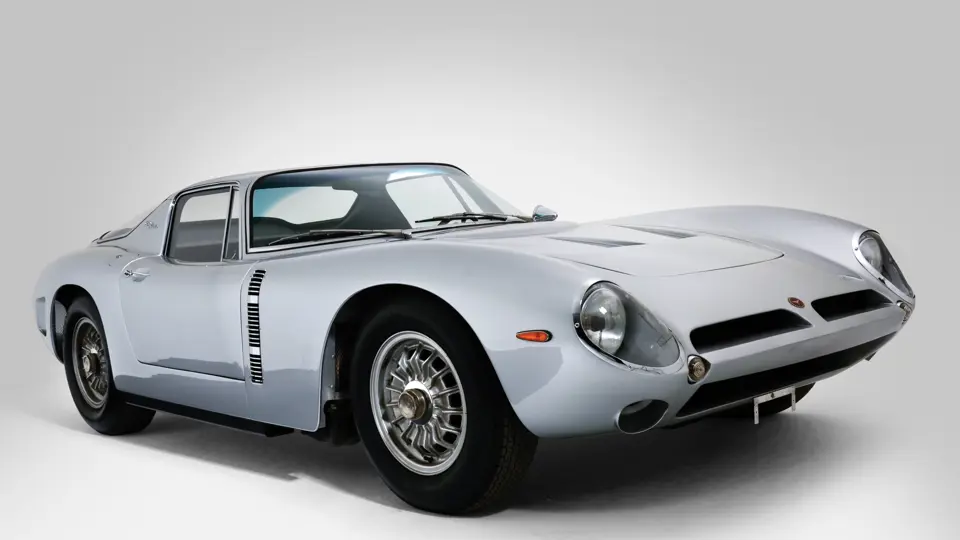
 | London, United Kingdom
| London, United Kingdom
